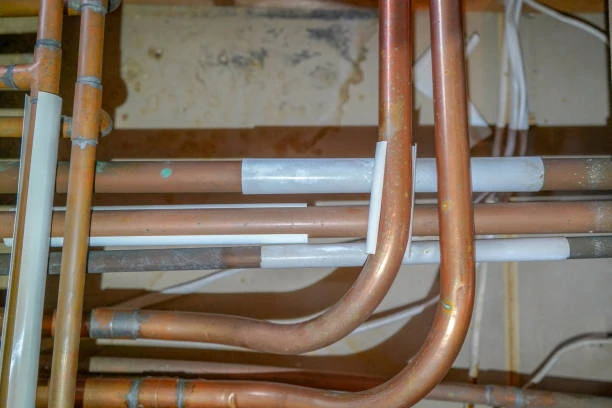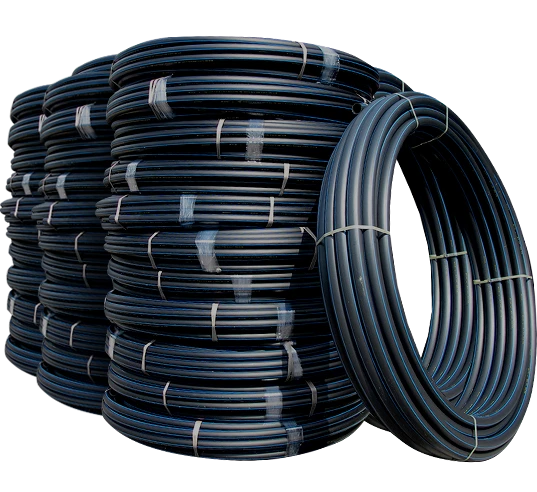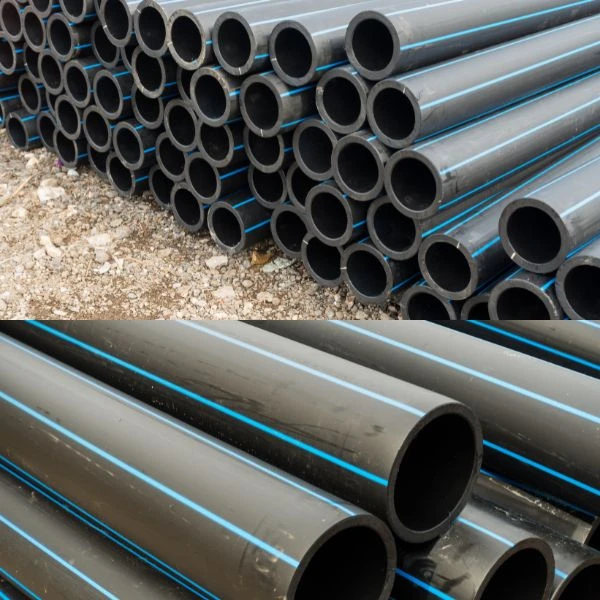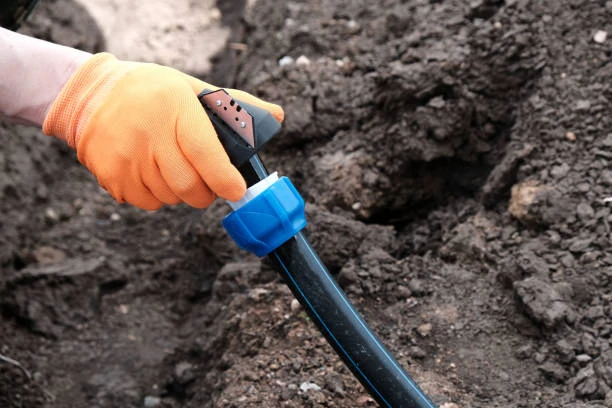In a proactive initiative to combat the freezing of water pipes during harsh winter conditions, the government has embarked on a project to install high-density polyethylene HDPE pipe in Ganderbal. This strategic move aims to enhance the resilience of water supply systems in the region and ensure a consistent supply of water, even in freezing temperatures. In this article, we will explore the benefits of HDPE pipes, the specific challenges faced in Ganderbal, and the implications of this installation project.

Understanding the Challenges of Freezing Water Pipes
Freezing temperatures can have a devastating impact on water supply systems. When water pipes freeze, it can lead to a variety of issues, including:
- Burst Pipes: When water freezes, it expands, which can cause pipes to burst, leading to significant damage and costly repairs.
- Water Supply Interruptions: Frozen pipes can disrupt the flow of water, leaving households and businesses without access to essential services.
- Increased Maintenance Costs: The need for frequent repairs and maintenance of damaged pipes can strain municipal budgets and resources.
Specific Challenges in Ganderbal
Ganderbal, a picturesque region known for its beautiful landscapes, faces unique challenges due to its geographic and climatic conditions. The area experiences harsh winters, which can lead to freezing temperatures that affect water supply systems. Residents and local authorities have been seeking effective solutions to mitigate these challenges, making the installation of HDPE pipes a timely and strategic decision.
The Advantages of HDPE Pipe
High-density polyethylene (HDPE) pipes offer a multitude of advantages that make them an ideal choice for water supply systems, especially in regions prone to freezing temperatures. Here are some key benefits:
- Resistance to Freezing: HDPE pipes have excellent resistance to freezing, as they remain flexible even in cold temperatures. This flexibility allows them to absorb the pressure of expanding ice, reducing the likelihood of bursting.
- Durability: HDPE pipes are highly durable and resistant to corrosion, chemicals, and environmental stressors. This longevity ensures that water supply systems remain functional over time, minimizing the need for frequent repairs.
- Lightweight and Easy to Install: The lightweight nature of HDPE pipes makes them easier to handle and install compared to traditional materials. This reduces labor costs and installation time.
- Cost-Effectiveness: While the initial investment in HDPE pipes may be higher than traditional materials, their durability and reduced maintenance requirements lead to long-term cost savings.
- Environmental Benefits: HDPE is a recyclable material, contributing to sustainable construction practices and reducing environmental impact.
The Installation Project in Ganderbal
The government’s initiative to install HDPE pipes in Ganderbal is a crucial step toward ensuring a reliable water supply for residents, particularly during the winter months. This project involves several key phases:
Assessment and Planning
Before the installation process began, local authorities conducted a thorough assessment of the existing water supply infrastructure. This included identifying areas most vulnerable to freezing and evaluating the overall condition of current pipes.
Installation Process
The installation of HDPE pipes involves several steps:
- Trenching: The first step is to dig trenches where the new pipes will be laid. This is typically done using specialized machinery to minimize disruption to the surrounding area.
- Pipe Laying: Once the trenches are prepared, HDPE pipes are carefully laid in place. The lightweight nature of these pipes allows for efficient handling and placement.
- Joining Techniques: HDPE pipes can be joined using various methods, including butt fusion, electrofusion, and socket fusion. These methods create strong, leak-proof joints that enhance the overall integrity of the water supply system.
- Backfilling: After the pipes are laid and joined, the trenches are backfilled to protect the pipes and restore the surface.
- Testing: Once the installation is complete, thorough testing is conducted to ensure that the system is functioning properly and that there are no leaks.
Community Engagement
Throughout the installation process, local authorities have engaged with the Ganderbal community to keep residents informed about the project. This includes providing updates on progress, potential disruptions, and the expected benefits of the new HDPE pipes.
Implications for HDPE pipe the Future
The installation of HDPE pipes in Ganderbal not only addresses immediate concerns regarding freezing but also has several long-term implications for the community:
Improved Water HDPE pipe Supply Reliability
With the installation of HDPE pipes, residents can expect a more reliable water supply, even during the coldest months. This reliability is crucial for households, businesses, and public services, contributing to overall community well-being.
Reduced HDPE pipe Maintenance Costs
By utilizing durable HDPE pipes, the government can expect reduced maintenance costs associated with pipe repairs. This allows municipal resources to be allocated to other critical infrastructure needs.
Environmental Sustainability
The adoption of HDPE pipes aligns with broader goals of environmental sustainability. As a recyclable material, HDPE contributes to reducing waste and promoting eco-friendly practices within the community.
Enhanced Resilience to HDPE pipe Climate Change
As climate change continues to affect weather patterns, communities must adapt to more extreme conditions. The installation of HDPE pipes provides Ganderbal with a more resilient water supply system, better equipped to handle the challenges posed by changing climate conditions.
Conclusion
The government’s initiative to install HDPE pipes in Ganderbal represents a significant step toward improving the reliability and resilience of the region’s water supply system. By addressing the challenges posed by freezing temperatures, this project not only enhances the quality of life for residents but also promotes sustainable practices and long-term cost savings. As Ganderbal embraces this innovative solution, the community is better prepared for the challenges of winter and the future.
Frequently Asked Questions (FAQs)
1. What are HDPE pipes? High-density polyethylene (HDPE) pipes are durable, flexible pipes made from polyethylene plastic, commonly used for water supply, sewage systems, and other applications.
2. Why are HDPE pipes used in cold climates? HDPE pipes are resistant to freezing and remain flexible at low temperatures, reducing the risk of bursting compared to traditional materials.
3. How long do HDPE pipes last? With proper installation and maintenance, HDPE pipes can last over 50 years, making them a long-lasting solution for water supply systems.
4. Are HDPE pipes environmentally friendly? Yes, HDPE pipes are recyclable and can be made from recycled materials, contributing to sustainable construction practices.
5. What are the benefits of installing HDPE pipes? Benefits include durability, resistance to freezing, cost-effectiveness, lightweight for easy installation, and environmental sustainability.


















